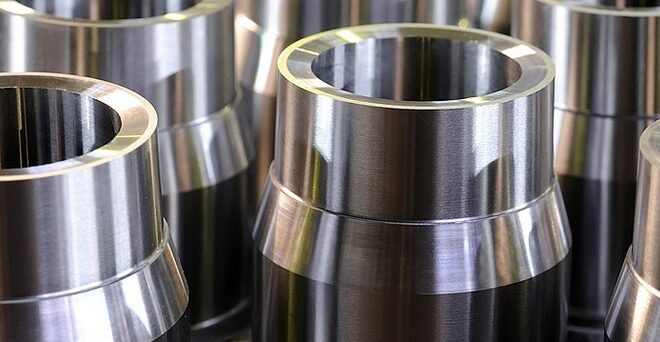Chrome Plating: The Process, Benefits, and Applications

Chrome plating is a widely-used metal finishing process in which a thin layer of chromium is electroplated onto the surface of a material. This technique is commonly applied to metals, but it can also be used on plastic, wood, and other substrates. The shiny, mirror-like finish and increased durability make chrome plating a popular choice for various industries, from automotive to aerospace.
The Chrome Plating Process
There are two main types of chrome plating:
- Decorative Chrome Plating: Used primarily for aesthetics, this form of chrome plating is often found in car trim, bathroom fixtures, and kitchen appliances. It provides a sleek, polished look while also offering some protection against wear and corrosion.
- Hard Chrome Plating: This type is more focused on performance rather than appearance. It’s used in industrial applications where components must withstand extreme temperatures, friction, and heavy wear, such as in machinery parts or hydraulic cylinders.
Benefits of Chrome Plating
- Durability: Chrome is extremely hard and resistant to wear, which increases the lifespan of the plated object.
- Corrosion Resistance: It protects against rust and oxidation, especially in harsh environments.
- Ease of Cleaning: The smooth surface of chrome plating is easy to clean and maintain.
- Enhanced Appearance: Its shiny, reflective surface makes it aesthetically appealing for both industrial and decorative purposes.
Applications of Chrome Plating
Chrome plating is widely used across various industries:
- Automotive: Bumpers, wheels, and trims are often chrome plated to enhance both durability and appearance.
- Machinery and Tools: Hard chrome plating is used on tools, pistons, and machinery parts to increase their strength and lifespan.
- Aerospace: In aerospace engineering, chrome plating is used for critical parts like landing gear to improve performance and wear resistance.
- Home Appliances and Fixtures: Kitchen and bathroom fittings like faucets and handles often feature chrome plating for their stylish look and easy maintenance.
Environmental and Health Considerations
While chrome plating has many benefits, it does come with some environmental concerns. The use of hexavalent chromium in the plating process is a known carcinogen and can pose risks to both workers and the environment if not properly managed. Many industries are now seeking alternatives, such as trivalent chromium plating, which is less toxic and more environmentally friendly.
Chrome plating continues to be a valuable process in enhancing both the durability and aesthetics of various products. Whether used for industrial purposes or decorative finishes, its many benefits make it an integral part of modern manufacturing.




